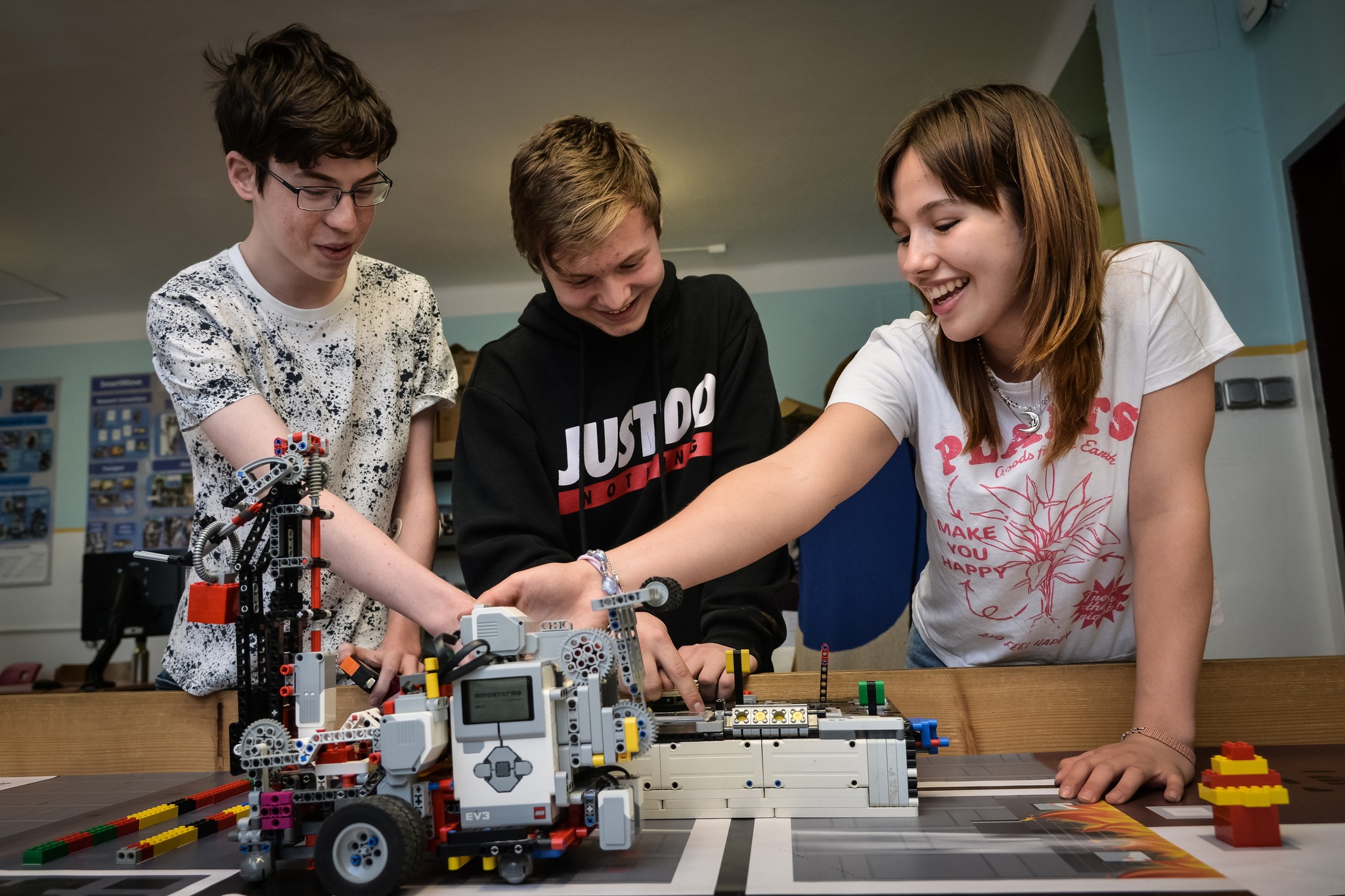
Hungary needs young, qualified people who are open to the world, who love their country and are hardworking, so that they can not only be able to observe but also shape the future, the Hungarian president said.Continue reading

Despite the difficult economic situation, a budget of HUF 4.3 billion (EUR 11.4 million) is available for the National Talent Program this year, similar to last year, the Secretary of State for Families of the Ministry of Culture and Innovation announced at a press conference in Budapest on Thursday.
Ágnes Hornung stressed that the government has long been committed to supporting talented youth since the launch of the program 14 years ago. Almost 19,000 applications have been supported with around 33 billion forints (EUR 87.5 million), and 300-350,000 children and young people are helped from pre-school to adulthood every year.
The special feature of the program is that in addition to the substantial budget support, taxpayers’ donations of one percent form the basis of the budget, with Hungarians having so far supported talent development with more than HUF 17.5 billion (EUR 46.3 million),
the State Secretary said. She added that the so-called second one percent of the tax can be donated on the technical number 1823.
Hornung also noted that the talent support role and professional work of communities is essential for outstanding young people to achieve results, so this year, in addition to individual applications, special attention will be paid to the talent support work of associations, organizations, and institutions. The Secretary of State stressed that nurturing talent is a common national interest and a long-term investment.
The basic aim of the National Talent Program is to develop talent support in Hungary and in the Hungarian regions abroad. With the adoption of the program, the National Assembly provides a priority opportunity for the long-term, continuous, and secure support of talented young people for 20 years between 2008 and 2028.
Featured photo via Facebook/Nemzeti Tehetség Program – 1823